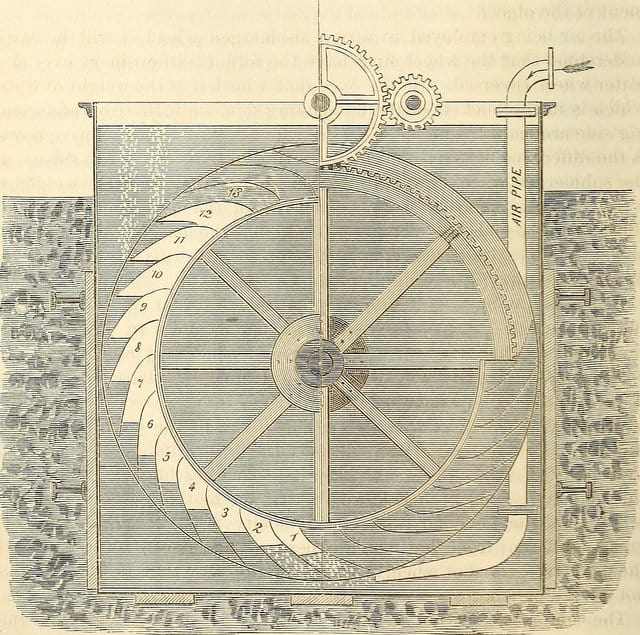
 What if all failures occurred truly randomly?
What if all failures occurred truly randomly?
The math would be easier.
The exponential distribution would be the only time to failure distribution. We wouldn’t need Weibull or other complex multi parameter models. Knowing the failure rate for an hour would be all we would need to know, over any time frame.
Sample size and test planning would be simpler. Just run the samples at hand long enough to accumulated enough hours to provide a reasonable estimate for the failure rate.
Would the Design Process Change?
Yes, I suppose it would. The effects of early life and wear out would not exist. Once a product is placed into service the chance to fail the first hour would be the same as any hour of it’s operation. It would fail eventually and the chance of failing before a year would solely depend on the chance of failure per hour.
A higher failure rate would suggest it would have a lower chance of surviving very long. Although it could still fail in the first hour of use as if it had survived for one million hours and then it’s chance to fail the next hour would still be the same.
Would Warranty Make Sense?
Since by design we cannot create a product with a low initial failure rate we would only focus on the overall failure rate. Or the chance of failing over any hour, the first hour being convenient and easy to test, yet still meaningful. Any single failure in a customer’s hands could occur at any time and would not alone suggest the failure rate has changed.
Maybe a warranty would make sense based customer satisfaction. We could estimate the number of failures over a time period and set aside funds for warranty expenses. I suppose it would place a burden on the design team to create products with a lower failure rate per hour. Maybe warranty would still make sense.
How About Maintenance?
If there are no wear out mechanisms (this is a make believe world) changing the oil in your car would not make any economic sense. The existing oil has the same chance of engine seize failure as any new oil. The lubricant doesn’t breakdown. Seals do not leak. Metal on metal movement doesn’t cause damaging heat or abrasion.
You may have to replace a car tire due to a nail puncture, yet the chance of an accident due to worn tire tread would not occur any more often than with new tires. We wouldn’t need to monitor tire tread or break pad wear. Those wouldn’t occur.
If a motor is running now, if we know the failure rate we can calculate the chance of running for the rest of the shift, even when the motor is as old as the building.
The concepts of reliability centered maintenance or predictive maintenance or even preventative maintenance would not make sense. There would be advantage to swapping a part of a new one, as the chance to fail would remain the same.
Physics of Failure and Prognostic Health Management – would they make sense?
Understanding failure mechanisms so we could reduce the chance of failure would remain important. Yet when the failures do not
- Accumulated damage
- Drift
- Wear
- Abrade
- Diffuse
- Degrade
- Etc.
Then many of the predictive power of PoF and PHM would not be relevant. We wouldn’t need sensors to monitor conditions that lead to failure, as no specific failure would show a sign or indication of failure before it occurred. Nothing would indicate it was about to fail as that would imply it’s chance to failure has changed.
No more tune-ups or inspections, we would pursue repairs when a failure occurs, not before.
A world of random failures, or a world of failures each of which occurs at a constant rate would be quite different than our world. So, why do we so often make this assumption?
Leave a Reply